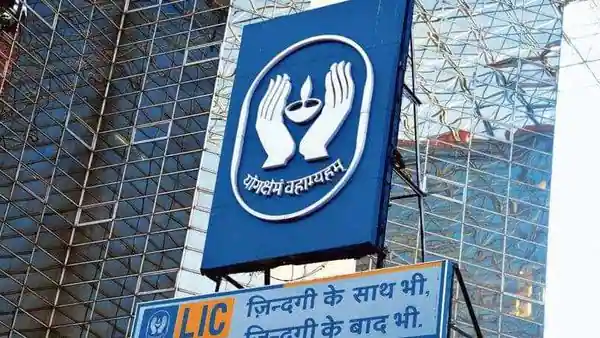
As LIC gears up for IPO, what explains its 5-fold jump in embedded value?
A recent amendment in the LIC Act has split its surplus funds corpus into two funds, with a change in the allotment ratio

Ahead of its mega IPO, billed as India’s largest, the embedded value (EV) of Life Insurance Corporation of India (LIC) has raised eyebrows. The state-owned insurer’s EV, which stood at ₹95,605 as of March 2021, jumped to ₹5,39,686 crore as of September 2021.
What may appear as a padding-up of numbers ahead of the maiden offer is, in fact, the result of an amendment to Section 24 of the Life Insurance Corporation Act, carried out by the Finance Act, 2021, said experts. The enhanced valuation was arrived at by Milliman Advisors, an independent actuary.
Embedded value, according to Investopedia, is a valuation measure used to estimate the consolidated value of shareholders’ interest in an insurance firm. It is arrived at by adding the present value of future profits of a firm to the net asset value (NAV) of its capital and surplus. EV is also called market consistent embedded value (MCEV).
Two funds in place of one
LIC, as all insurers do, reinvests the premium monies it receives in various instruments. The profits that accrue were earlier held in a single ‘Life Fund’. The surplus funds were then divided between policyholders and shareholders in the ratio of 95:5. (It may be noted that at present, the government is the only shareholder in LIC; post IPO, 5% will be held by the public.)
Also read: Business mix tweak will make LIC a big threat to private players
Through the recent amendment, the single fund has been split into two — participatory (par) and non-participatory (non-par) funds. A participatory policy allows a policyholder to get a bonus. Examples of such products are Jeevan Labh and Bachat Plus. On the other hand, non-participatory products, such as Saral Pension and Nivesh Plus, do not offer such bonuses.
Now, post amendment, the ratio has been changed to 90:10. Hence, while policyholders will get 90% of the surplus, shareholders — including the government and those buying LIC stock — will get the balance 10%. But this change will be brought about ‘in a phased manner’, according to LIC’s draft red herring prospectus (DRHP). It is this change that has led to a substantial surge in LIC’s EV.
How the increased EV helps
A Reuters report observed that the increased EV will boost the market valuation of LIC, which in turn will get the government more for its 5% stake dilution. This would be a godsend for the government coffers, considering the divestment targets are far from being met.
A Macquarie report estimated that LIC’s price multiple, with the increased EV, comes to about 1.9-2.8x, assuming its market valuation is ₹10-15 lakh-crore. The multiples of private sector peers HDFC Life Insurance Co and SBI Life Insurance are 4.1x and 2.9x, respectively.

